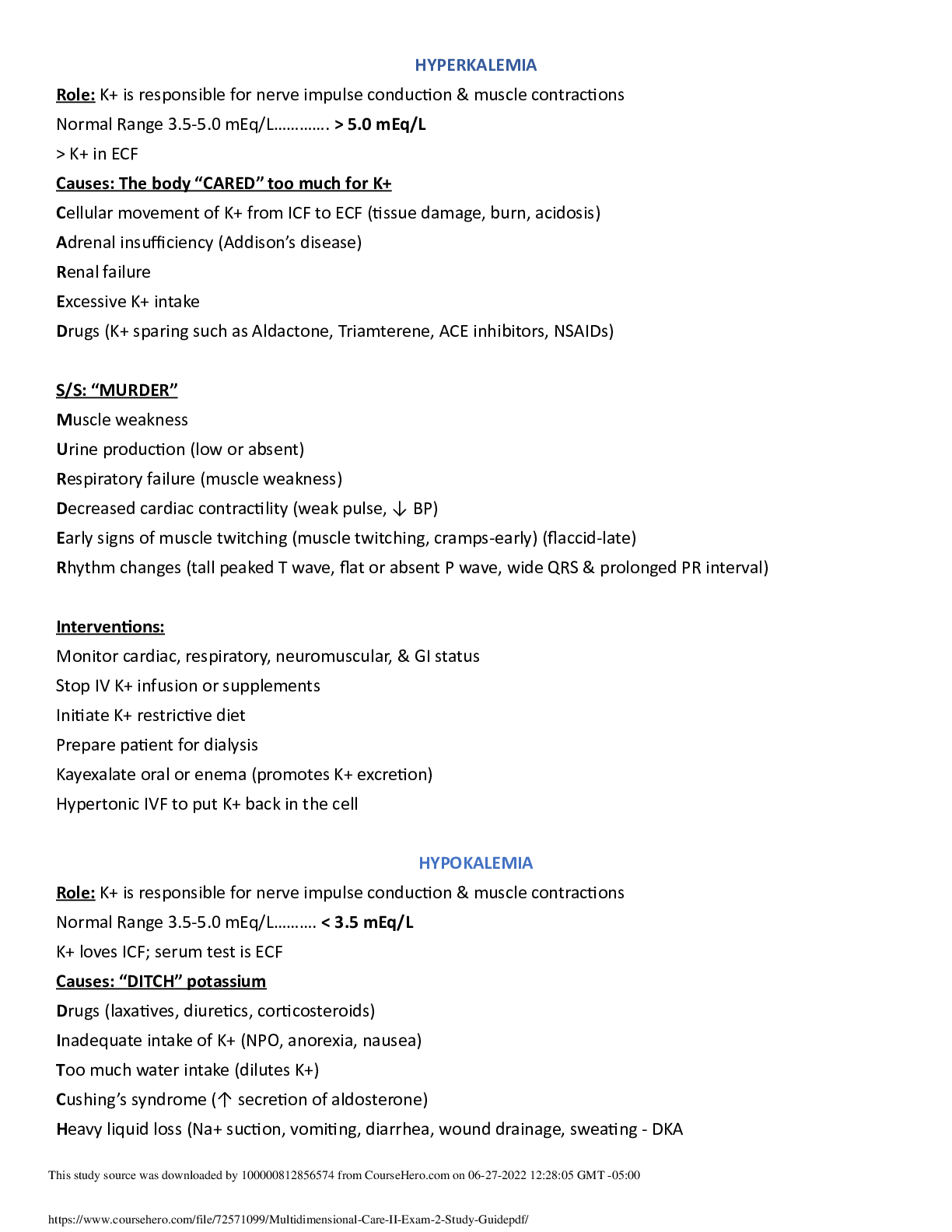Financial Accounting > STUDY GUIDE > University of Texas, Arlington - ACCT 5316: Audit of Operations Audit Exam 2 Study Guide. (All)
University of Texas, Arlington - ACCT 5316: Audit of Operations Audit Exam 2 Study Guide.
Document Content and Description Below
Audit of Operations Audit Exam 2 Study Guide Audits are still primarily balance sheet oriented How do we audit operations? Audit of balance sheet accounts indirectly tests operating accounts Testi... ng controls addresses inputs into operating accounts Analytical procedures relating to operating accounts Balance Sheet substantive Testing When we audit BS accounts we are indirectly testing inputs into many operating accounts Examples: Confirmation of A/R indirectly examines sales Substantive inventory testing addresses COGS Audit of fixed assets tests depreciation Analysis of N/R or payable tests interest expense and income What are tests of controls? Procedures to assess if controls are operating effectively Test the means, not the results of transaction processing Must be performed to assess control risk < maximum Do not directly test dollar amounts Typically done as dual tests: Tests of controls Substantive (dollar amount) procedures relating to transactions Testing controls often addresses controls over operating accounts Examples: Auditing a sample of 50 randomly selected entries for the nine months ended Sept. 30 In the sales journal, tests sales In the purchases journal, tests debits to various expenses Analytical Review of Operating Accounts Fluctuation analysis of revenue and expense accounts Obtain trial balance in comparative form with last year ID any revenue or expense accounts: Fluctuating by 10% or more from last year Where dollar amount of fluctuation exceeds tolerable misstatement Such accounts would require: A good client explanation, documented in work papers OR Vouching entries exceeding a scope amount in those accounts Analytical F/S ratios Trend analysis of ratios of logically related accounts To ID unusual fluctuations requiring investigation Operating accounts typically examined in detail Certain revenue and expense accounts would be: Scheduled out in detail (items exceeding scope dollar amount) Vouch those items to supporting invoices, etc. for propriety of: Classifications Amounts recorded New accounts in the trial balance Must understand business purpose May be indicative of misstatements or improper accounting A personal experience: new credit balance was indicative of unauthorized payments Legal and professional expense Material fluctuations ID through analytical procedures Accounts where errors found in performing tests of controls Accounts where errors are commonly found: Repairs and Maint expense Lease expense Misc revenue and expense accounts Suspense accounts Potential errors and fraud Purchases of property are recorded in the wrong account or not recorded: Classification assertion violation Employees are able to conceal unauthorized purchases for their own benefit – occurrence Property remains in the accounting records after disposal – Existence Impaired assets are not written down – valuation and allocation assertion Summary Audit Procedures: PPE Assertion about Presentation and Disclosure Audit Procedures Classification and Understandability Review disclosures for compliance with GAAP Completeness Inquire about liens and restrictions on plant assets as loan collateral Review loan agreements for liens and restrictions Assertions about Account balances at year end Existence (Physically) inspect additions- if concerned about controls Vouch additions – concern is that repair and maintenance item could have been improperly capitalized Perform search for unrecorded retirements (assets disposed, but not removed from books) Rights and obligations Review board minutes or other authorized management approval of additions Completeness Vouch major entries to repairs and maintenance expense. Concern is that capital assets have been improperly expensed Valuation and allocation Analytical techniques can be used in lieu of substantive transaction testing Inventory Observation and Fraud Related Issues Historical antecedents Physically observing inventories was considered an extended audit practice prior to McKesson and Robbins What did auditors do? Tests of internal purchase transactions Reliance on Rep in management rep letter First audit standard issued dealt with inventory observation McKesson and Robbins: a Watershed Fraud As of 1930’s, Fraud detection was primary purpose of an audit McKesson and Robbins received unmodified opinion on $78 million balance sheet However, almost 25% of BS was fraudulent $10m of fictitious inventories, allegedly in Canada $9m of fictitious A/R and sales Auditing procedures for observing inventory General auditor responsibilities: Make test counts Observe propriety of inventory taking procedures Periodic Inventory System – use blind tag inventory count so second team can’t see what first team counted Client Inventory Taking Considerations Client personnel generally count inventories 100%, unless statistical sampling techniques used (standards allow this) Client may hire inventory external “inventory taking firms” Inventory components are ideally tagged Tags are prenumbered Counters count everything once and only once Perpetual systems: one count, compared to perpetual for agreement Observing Client Inventories: Steps Taken Obtain Copy of client inventory taking instructions When will inventories be counted? What location? Record test counts Observe counters, record counts, note condition of inventories EXISTENCE is greatest risk Direction of test should be from recoreded entry to source item Emphasize counts of components of greatest dollar value to maximize dollar coverage of total inventories Spot counts of smaller value inventory items Auditor recorded inventory counts traced to final client inv. Listings for agreement of quantities How would you verify WIP inventories? Physically observe WIP Various inventory issues Physical (periodic) inventories Must be taken at or near year end If not at year end, will have to do inventory roll forward or back Auditor must be present recording test counts and observing procedures Perpetual inventories: If well-kept and controlled, inventory taking can be done at interim date Auditor must observe Auditor must “roll forward” inventory account from inventory date to year end for reasonableness of activity Client may use statistical techniques for inventories First Year Audit (different from successor auditor) First time client has ever been audited Can sometimes give clean, unmodified opinion even though beginning inventory was not observed Must be satisfied with ending inventories Necessary alternative procedures: Tests of prior inventory transactions Review PY end test counts, test trace counts to inventory lists, di beginning inventory price testing. CRITICAL: gross profit results are consistent with current and prior years If auditor is unsatisfied with beginning inventories, can still give unqualified opinion on balance sheet, usually disclaimer on earnings and cash flow Inventories in public warehouses Quantities and condition of inventory should generally be confirmed by warehousemen If material, one or more of the following should be completed: ::::::::::::::::::::::::::::::::::::::::CONTENT CONTINUED IN THE ATTACHMENT::::::::::::::::::::::::::::::::::::::::::::::::::: [Show More]
Last updated: 1 year ago
Preview 1 out of 18 pages
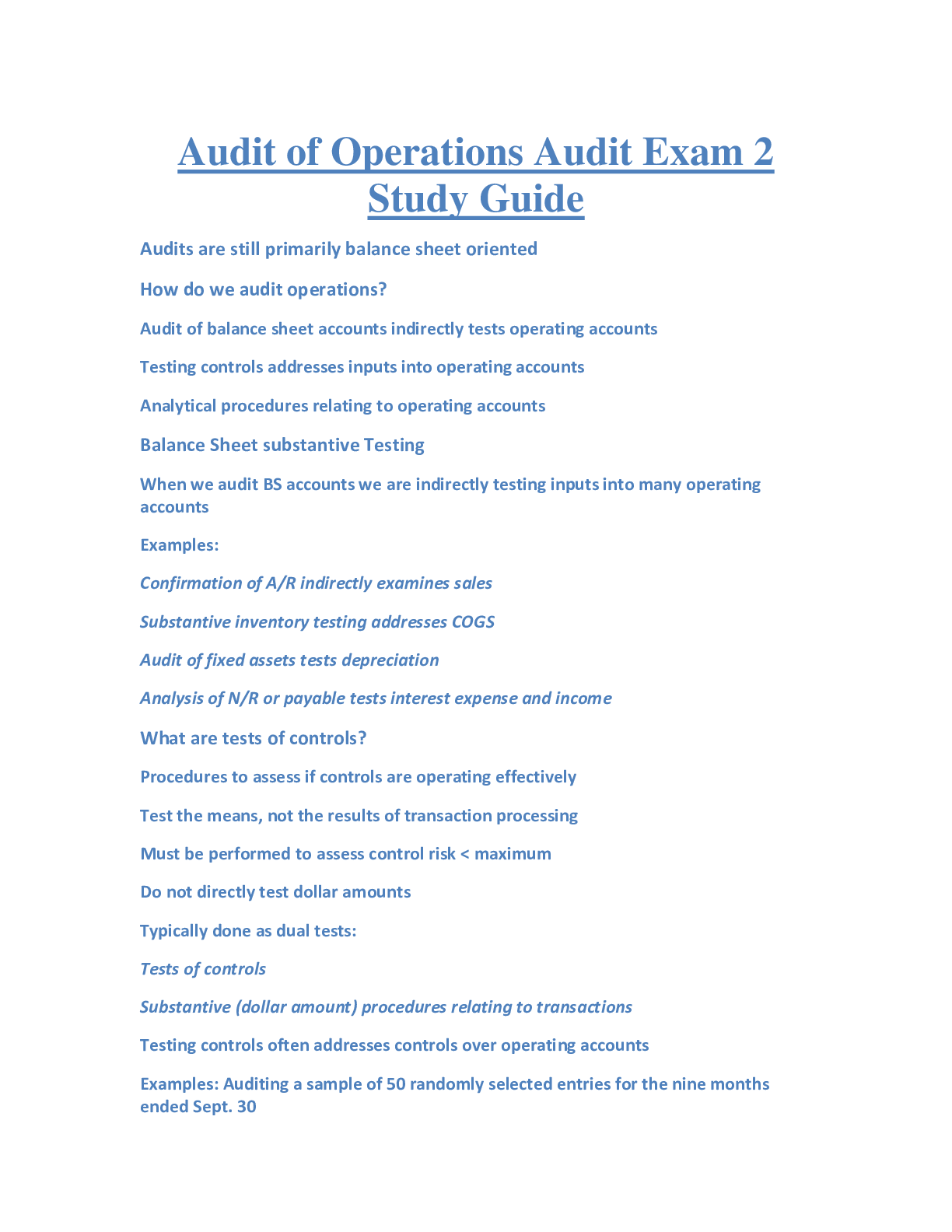
Reviews( 0 )
Document information
Connected school, study & course
About the document
Uploaded On
Dec 09, 2020
Number of pages
18
Written in
Additional information
This document has been written for:
Uploaded
Dec 09, 2020
Downloads
0
Views
40


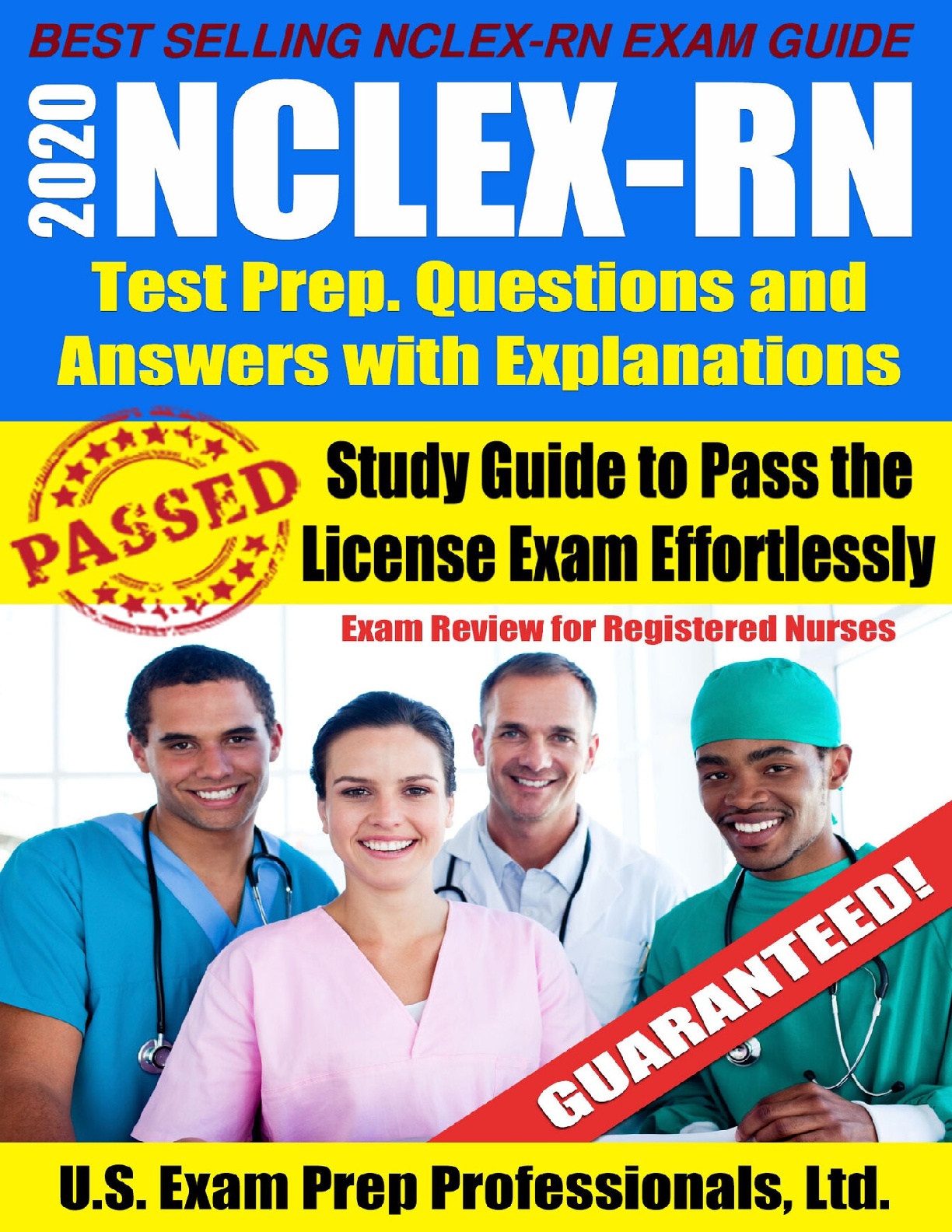
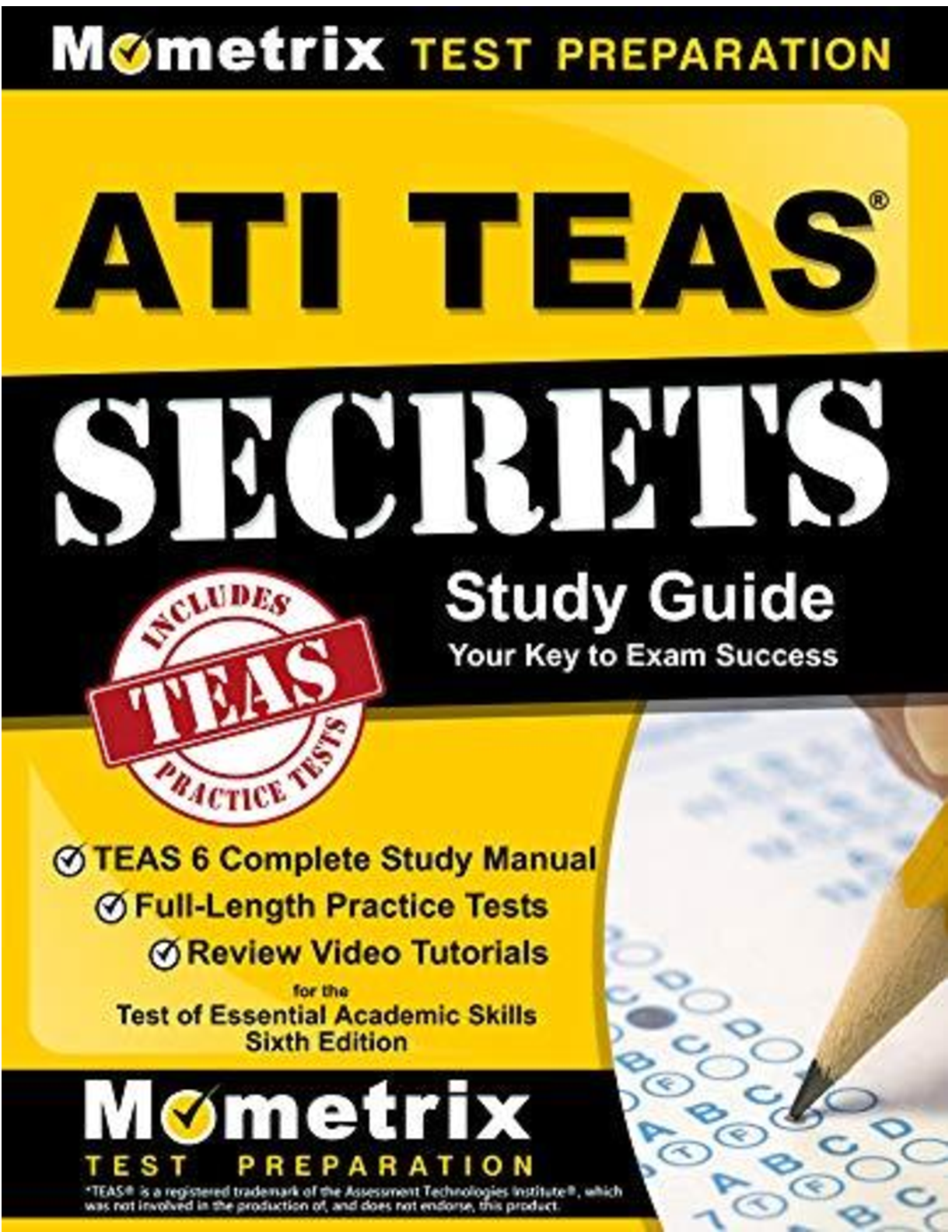
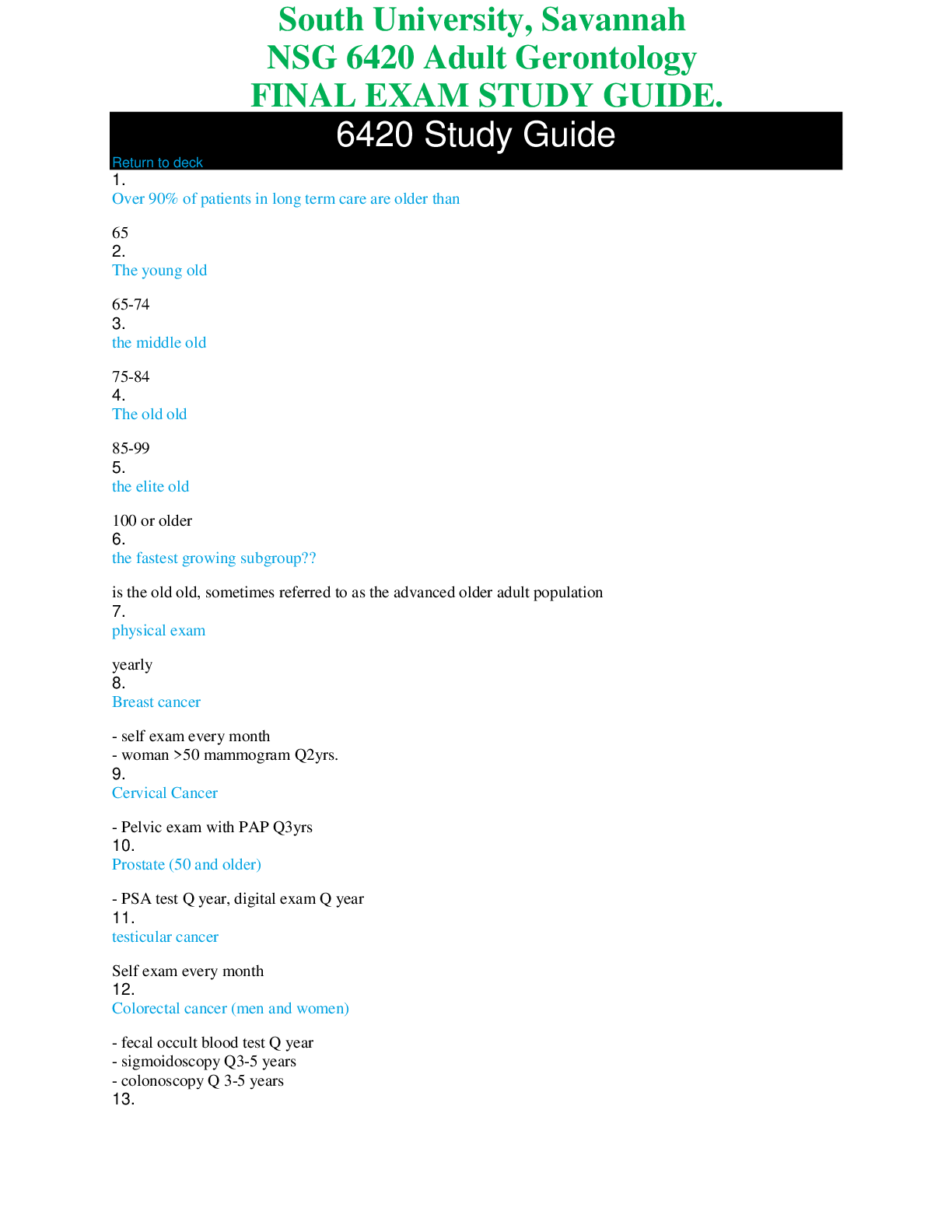

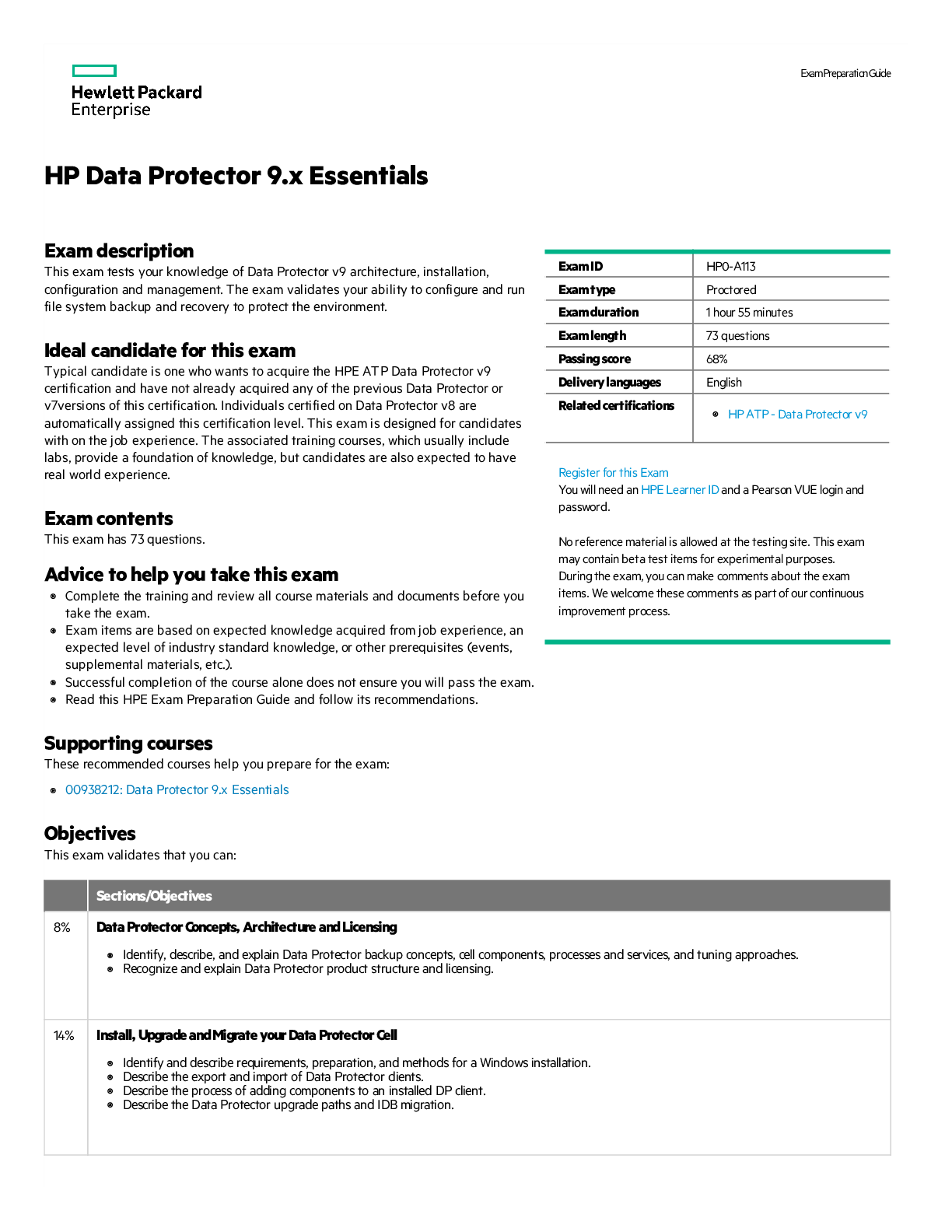



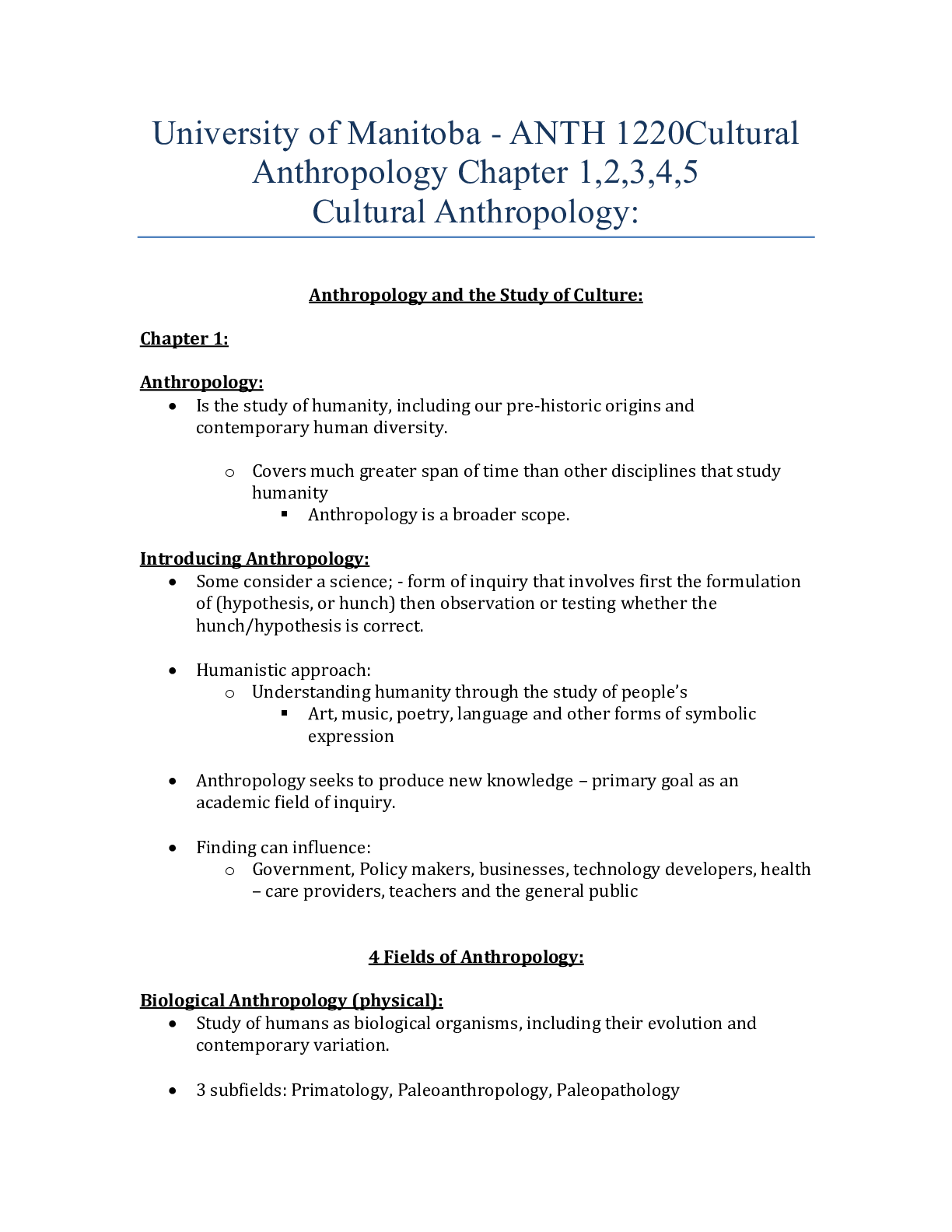


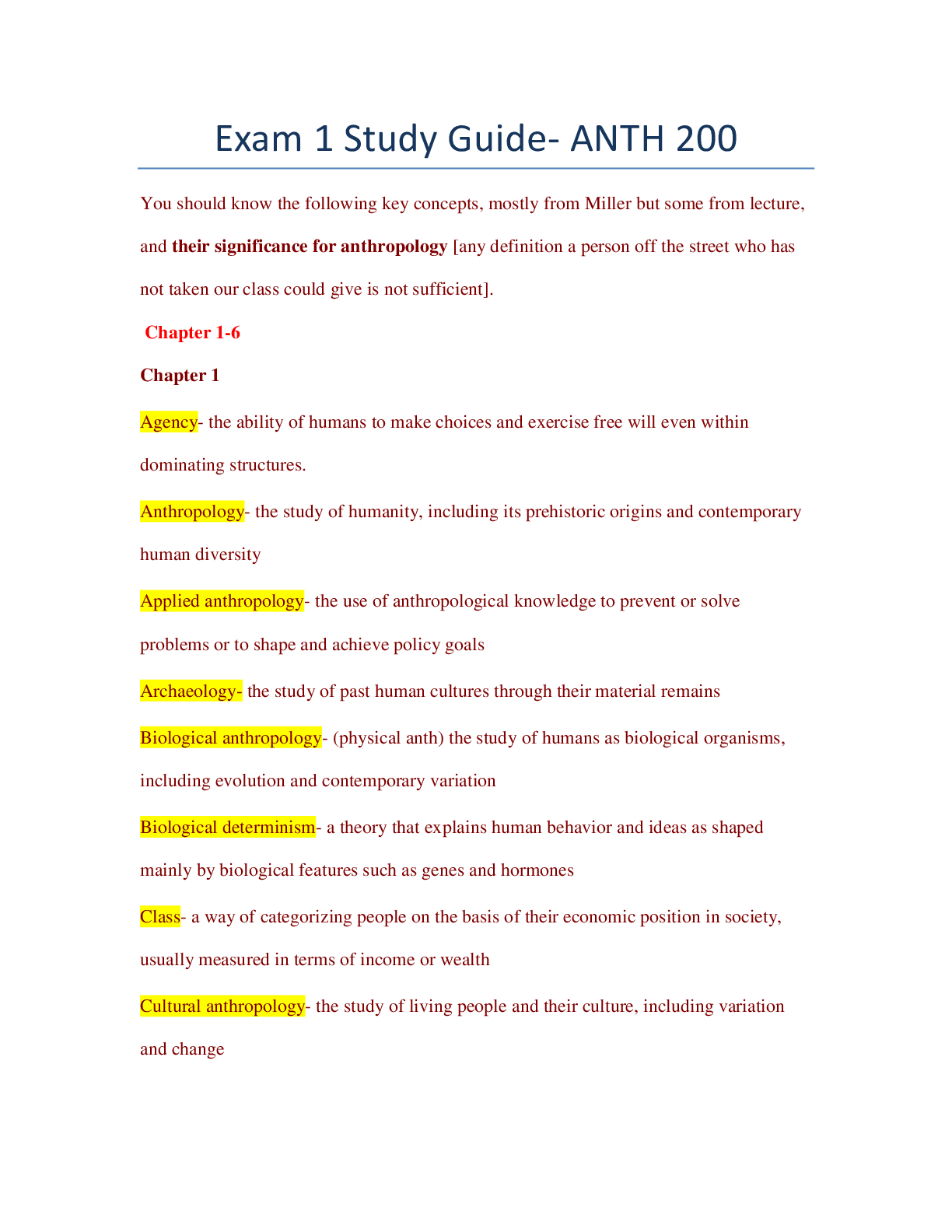

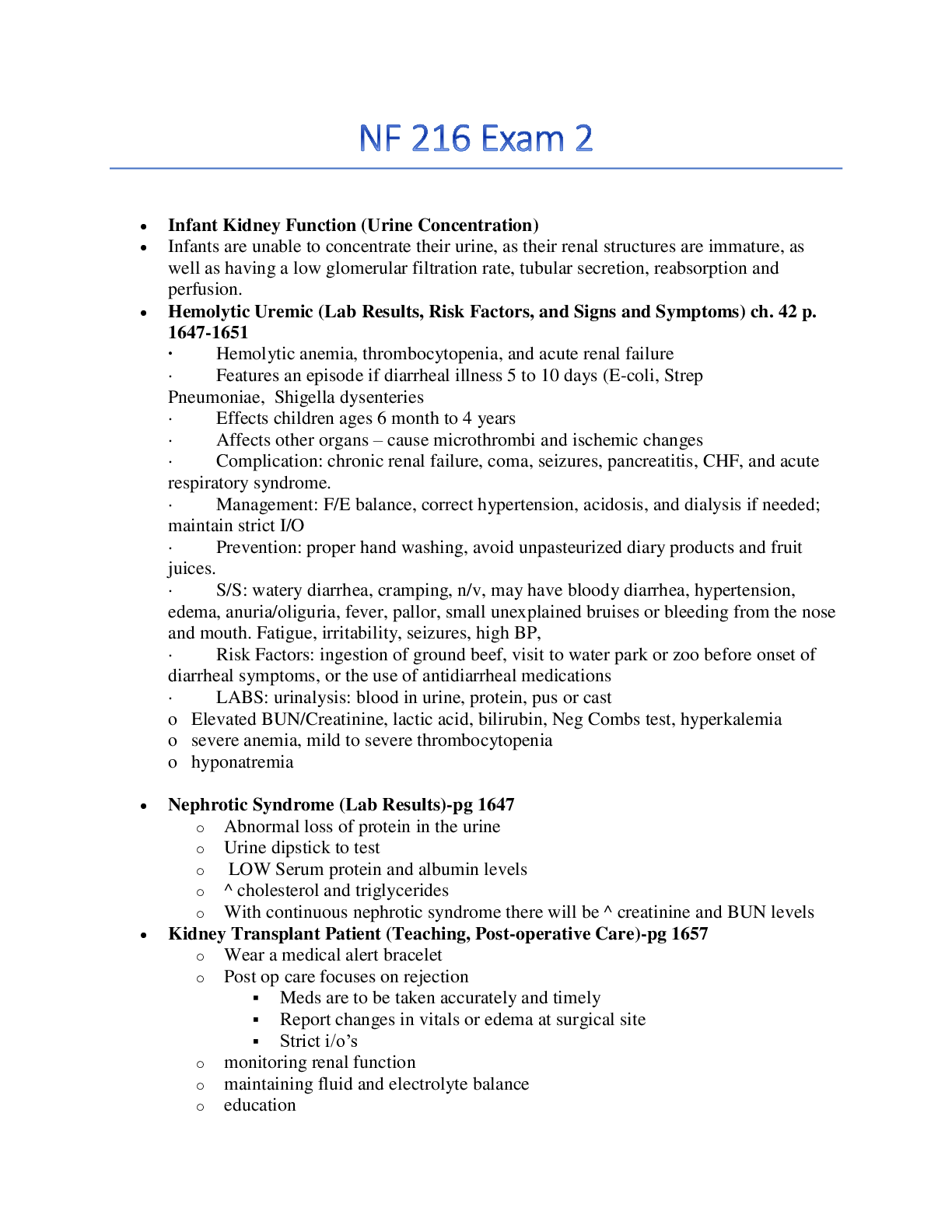
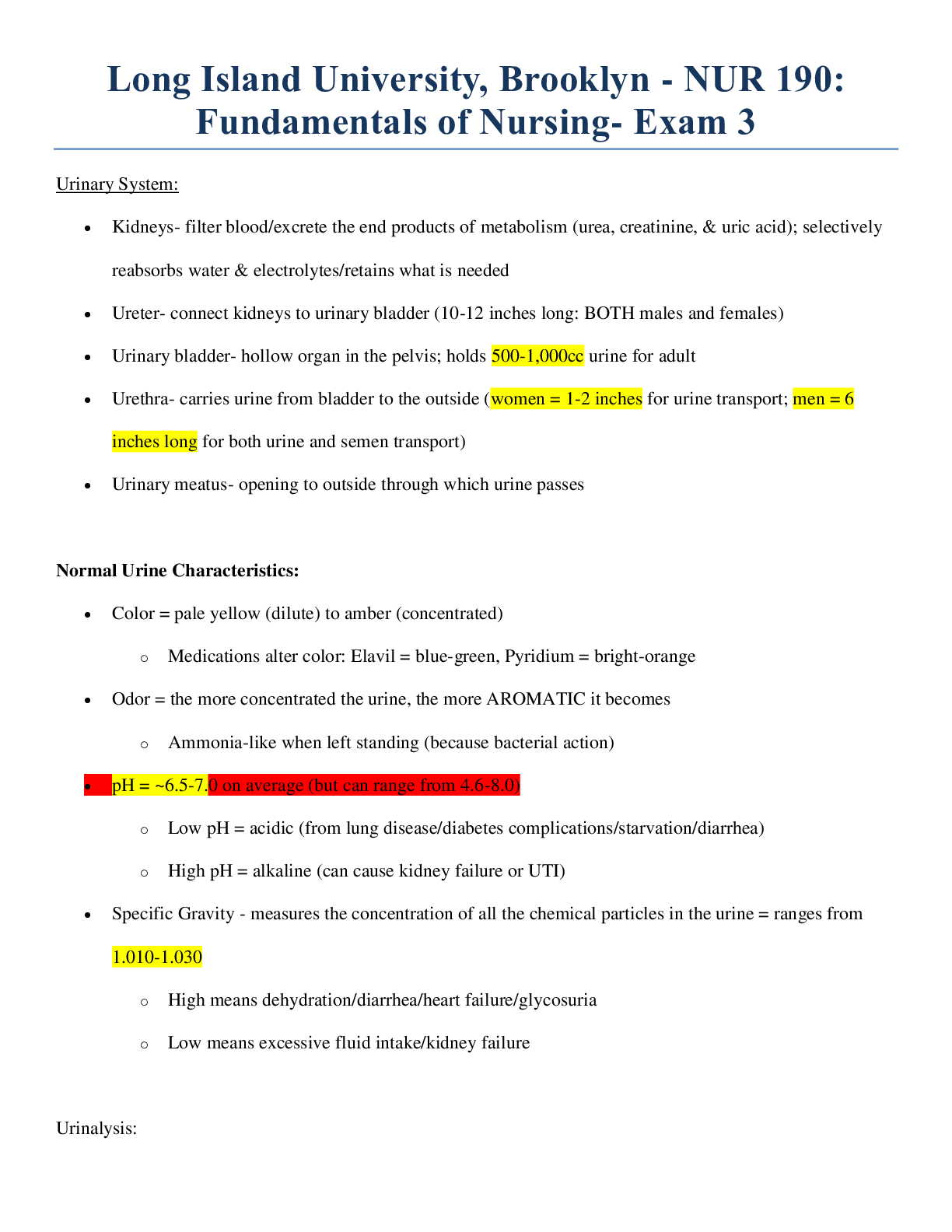


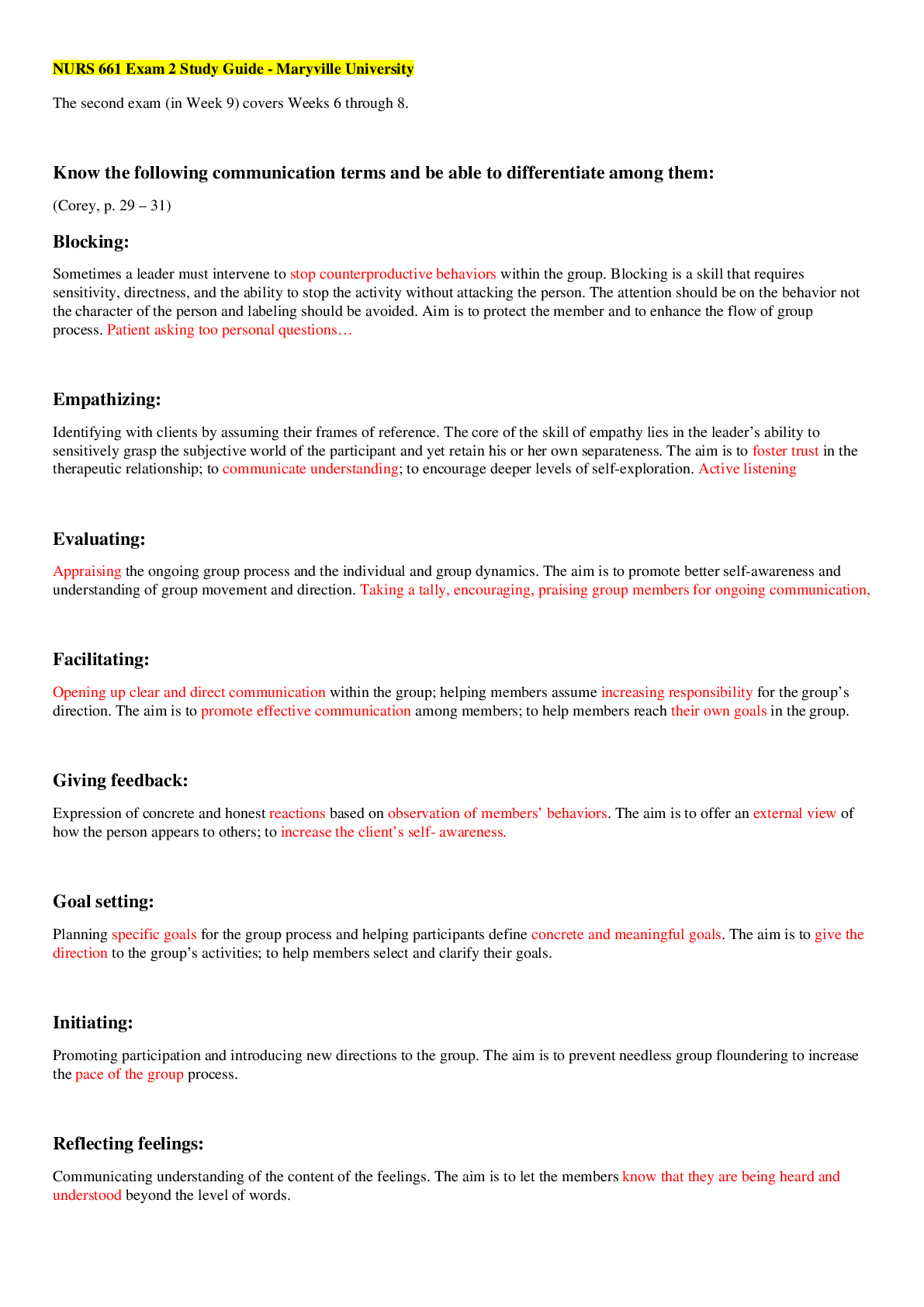
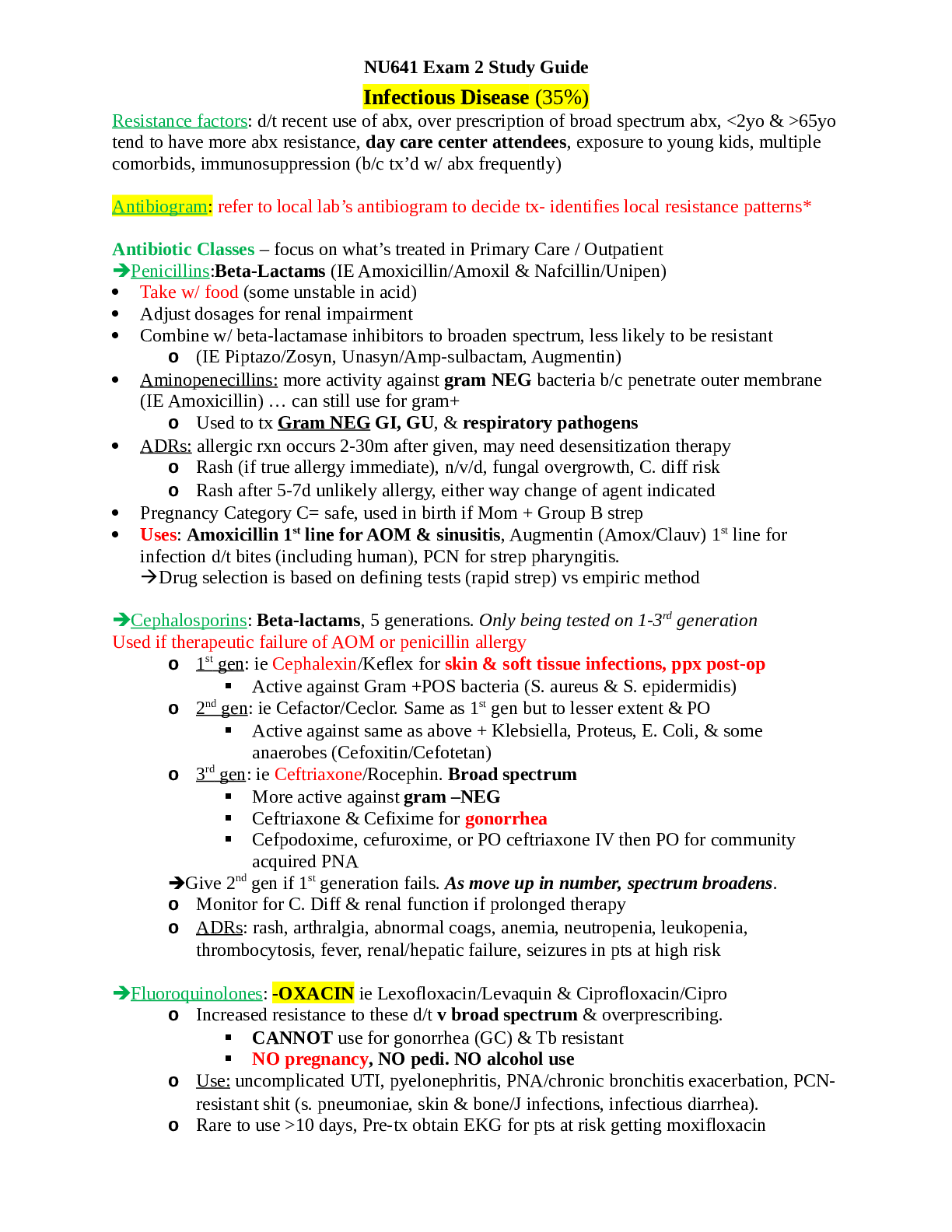
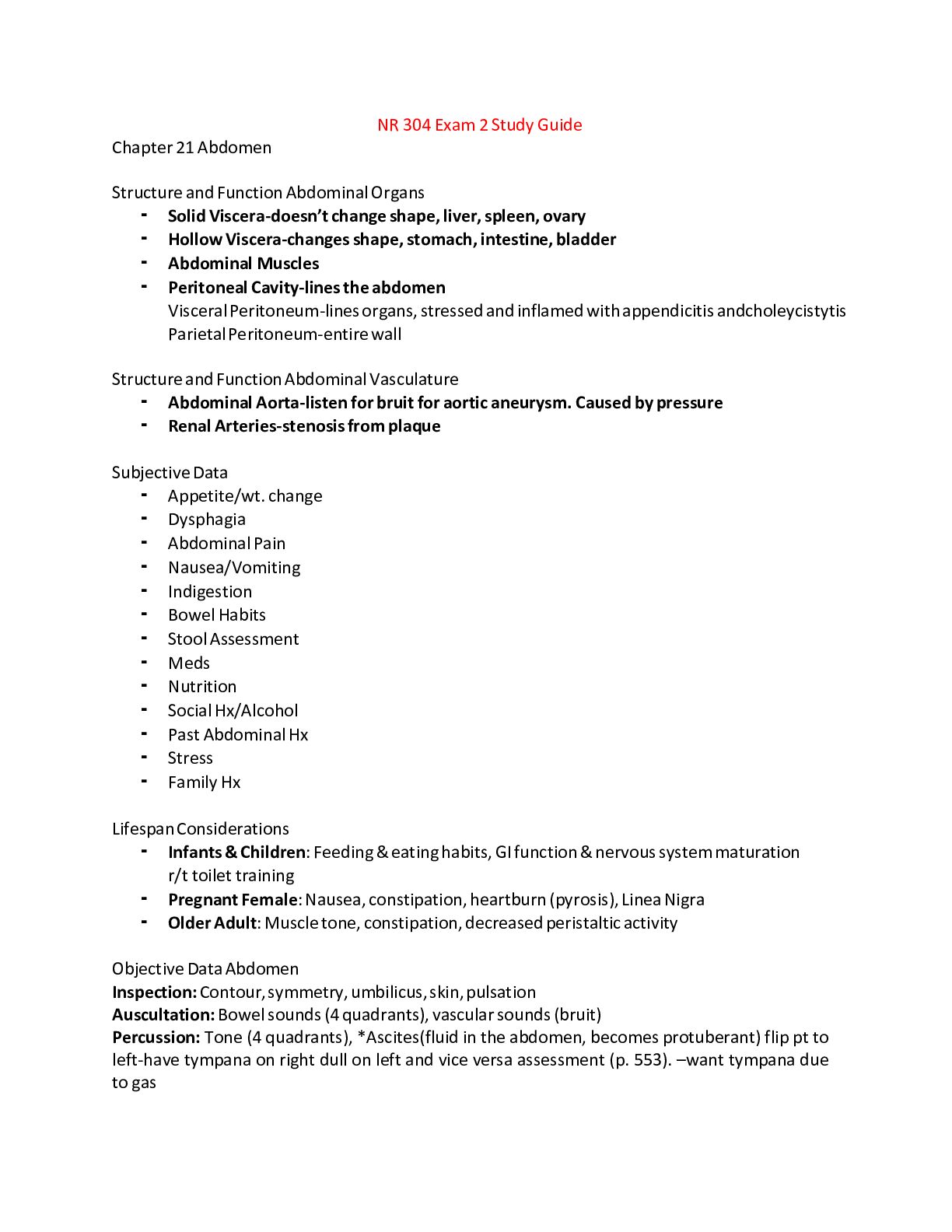

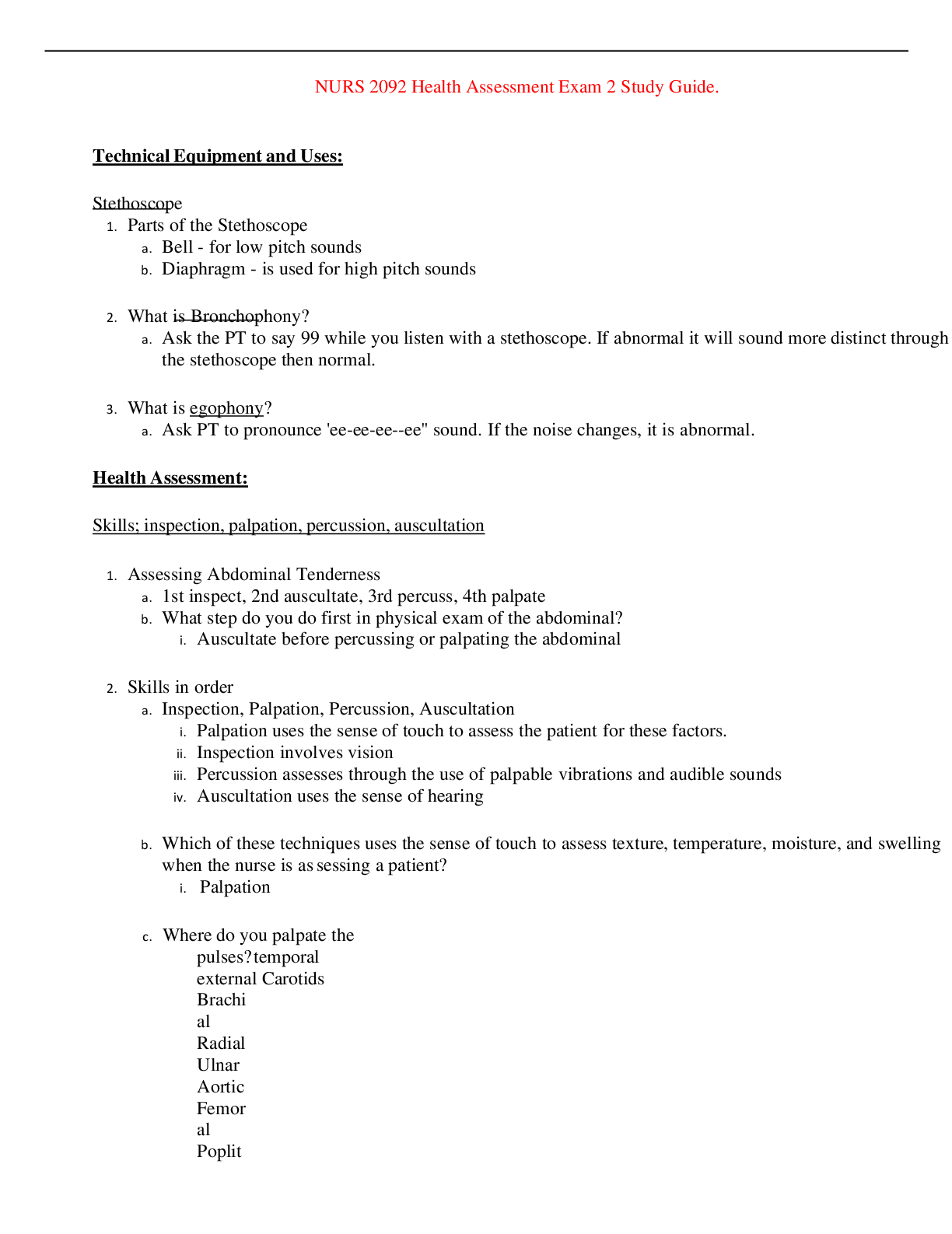



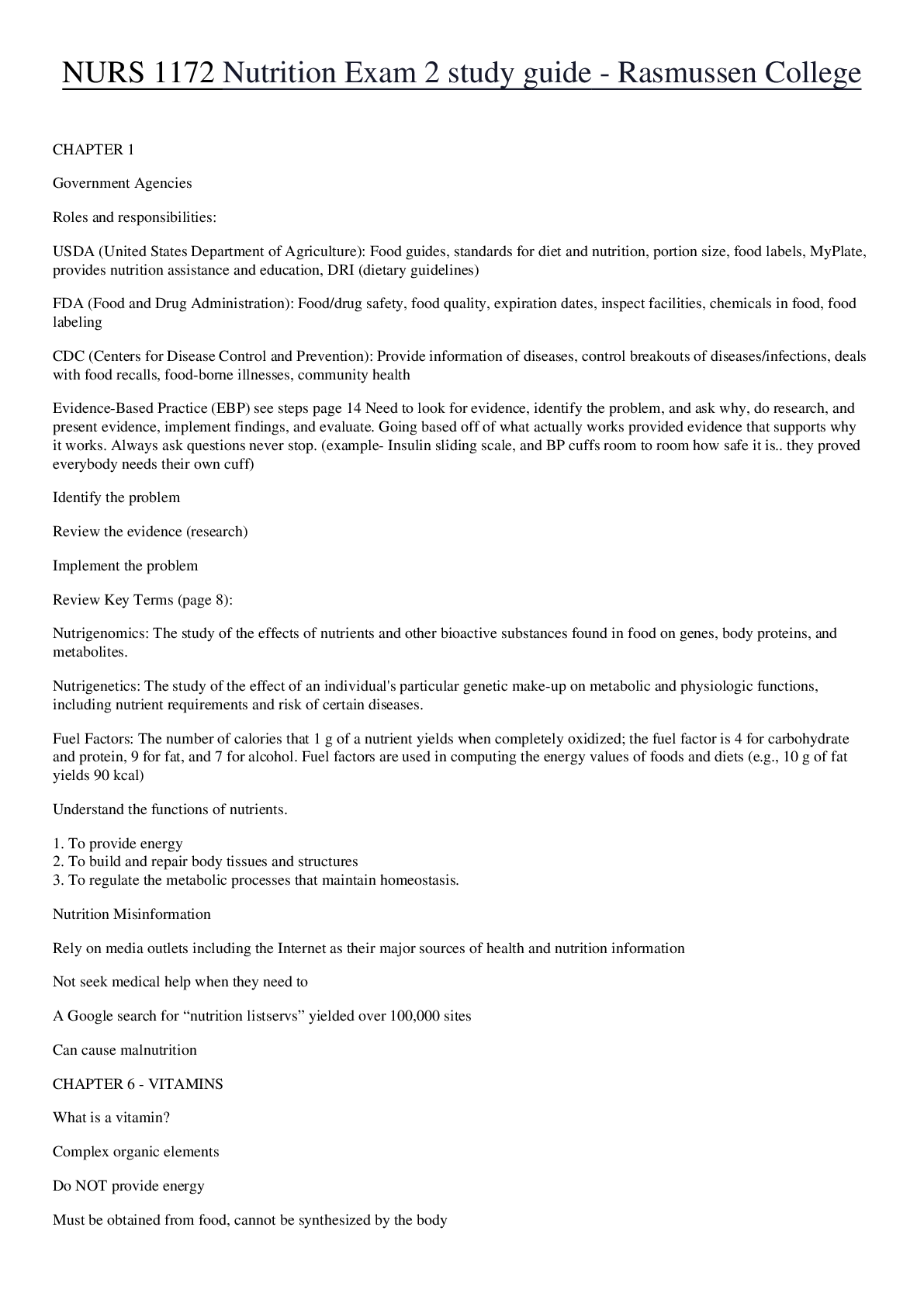
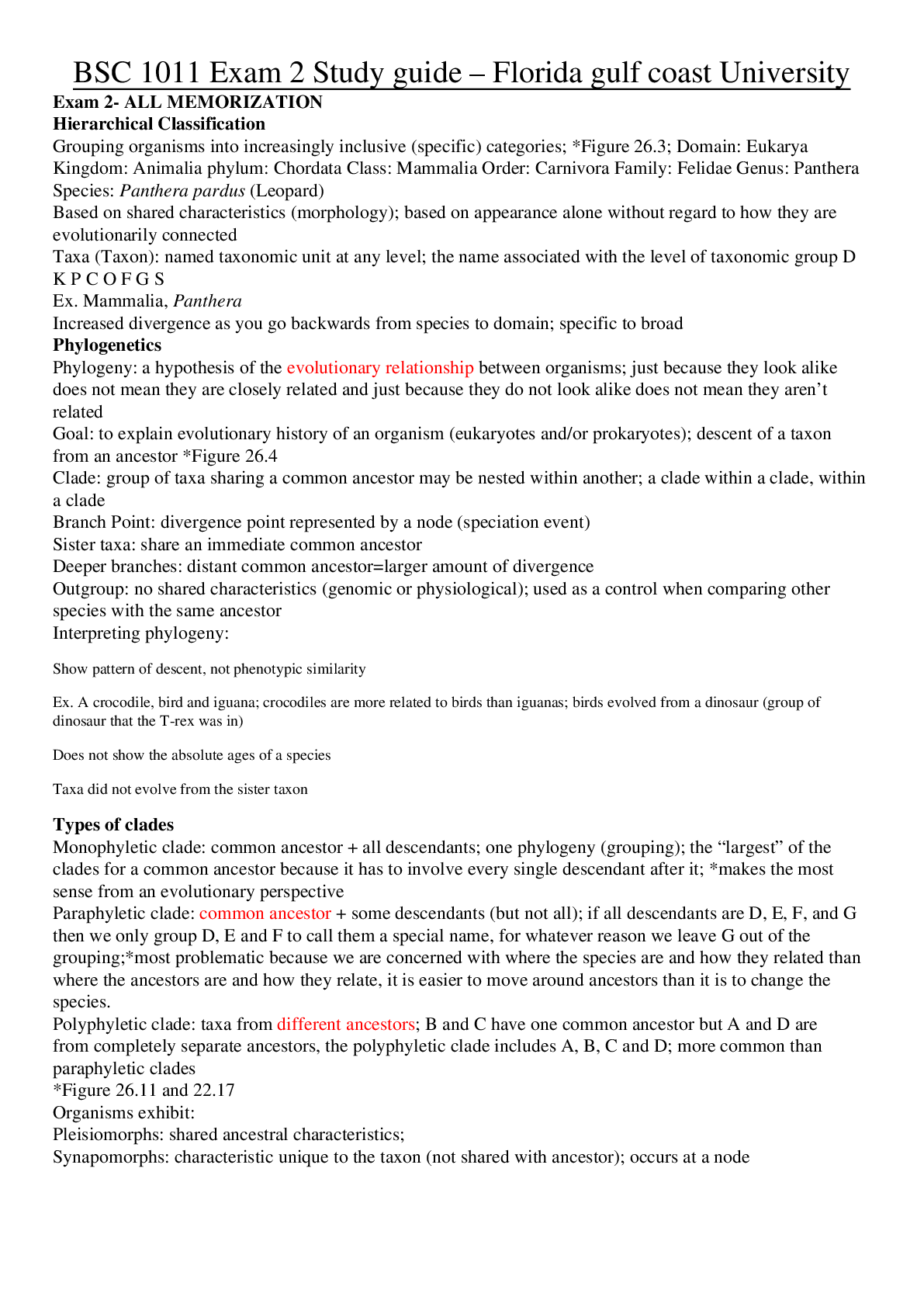




.png)

